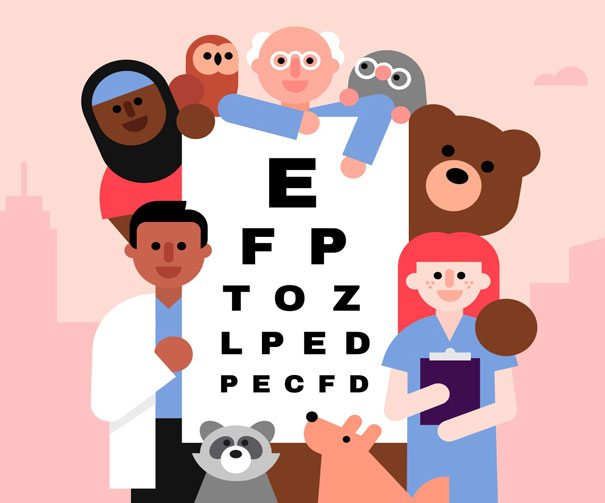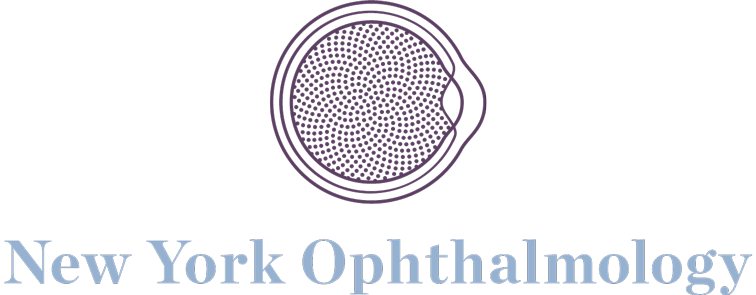
Helping People Is What We Do
Our team of board-certified ophthalmologists and eye care specialists provides a range of eye health and vision care services for patients at our modern, comfortable offices in the Bronx and Queens. Our entire staff is dedicated to making your visit positive and enjoyable.
Cornea Treatments
Injured or diseased corneas can become cloudy, resulting in impaired vision. Depending on the severity of the impairment, treatments ranging from using specialized contact lenses to surgery may be needed to improve a patient’s sight. Even though most cornea infections or injuries heal themselves without medical treatment, you may experience certain symptoms during the healing process. These symptoms include:
- Pain
- Blurred vision
- Tearing
- Redness
- Extreme light sensitivity
Some corneal conditions do require treatment. Our board-certified eye surgeons at New York Ophthalmology perform various corneal procedures for our New York City and Long Island patients:
Corneal Cross-Linking
Our eye doctors use this procedure, also called corneal collagen cross-linking or CXL, to halt bulging of the eye’s surface for patients diagnosed with keratoconus. Keratoconus is a progressive eye disease in which the normally round cornea thins and begins to bulge into a cone-like shape. Cross-linking is a minimally invasive alternative to cornea transplants.
Cross-linking isn’t necessary for keratoconus patients whose symptoms are mild. In those case, vision can be corrected with eyeglasses or customized soft contact lenses.
Corneal Transplants
A corneal transplant involves removing the central area of a patient’s cornea and replacing it with a donor’s cornea or an artificial cornea. A transplant may be recommended to treat keratoconus, but it’s also used for patients with scarring on the cornea caused by injury or infection and patients experiencing loss of vision due to cloudy corneas. Different transplant techniques are used to address specific conditions.
Several cornea transplant techniques exist. The specific technique used can be based on whether your issues occur at the back part or front part of the cornea. These transplant procedures remove only the diseased tissue and provide faster healing, require fewer activity restrictions, and reduce the risk of later injury to the eye.
A full-thickness transplant procedure, called penetrating keratoplasty, involves removing the central two-thirds of the damaged cornea. The full visual recovery can take up to a year and patients must be careful to avoid injuring the eye for the rest of their lives.
To determine if you’re experiencing issues with the cornea and to learn about your treatment options, request an appointment using our online form, or call us at (866) 599-8774 to schedule an appointment at one of our locations.
Related Blog Post
Your cornea is the first thing the light hits when it reaches your eye—a transparent bulbous structure, which acts as your eyes’ outermost lens. With the iris, pupil, and lens’s help, it helps focus light onto the retina and contributes most to clear vision. At New York Ophthalmology, Dr. Gregory Stein is a specially trained […]
There are some eye problems you will experience as you age. Most of them can be treated if detected early. Let’s find out what these problems are and how they cause damage to your eyes. Presbyopia – If you’re experiencing loss of vision while reading or looking at an object close to you, you might […]
While we often discuss procedures and answer common eye care questions on this blog, we want to take a moment here to share our story as a practice: From how we began to what makes our patient care outstanding. At New York Ophthalmology, we are proud to provide those looking for an ophthalmologist in New […]
New York Ophthalmology Locations
Corneal Surgery Providers
- Forum Patel, OD
- Neil S. Patel, MD
- Gregory Stein, MD
- Gary Steinberg, OD
